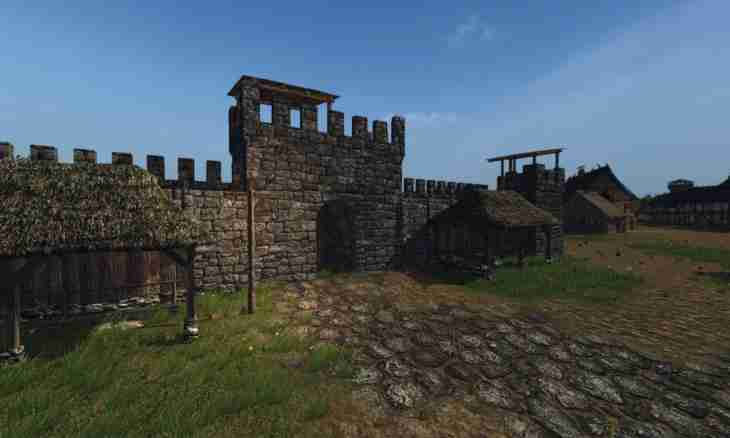Feudal ladder – the system of the hierarchical relations between feudal lords. Consists in personal dependence of some feudal lords on others. The principle of a feudal ladder had wide circulation in Western Europe.
When there was feudalism
Feudalism – a system which included 2 classes: feudal lords and dependent peasants. There was it in the Middle Ages in Europe. Such system had the name "vassal". The meaning of the relations between feudal lords and their subordinates reminded a ladder with steps.
By Vassalitet it was formed during the period since a century, the seventh on the ninth, in the Franksky kingdom. It was issued completely only when Louis the Pious wanted that all it given were someone's "people". The king was considered as the vassal of the Pope, the head of Catholic church in those days.
The basis of a feudal ladder was that the vassal distributed state lands in temporary use given and the confidant. Dukes and counts were vassals of the king. They, in turn, considered the vassals barons, and those are ordinary knights. For such generosity as the earth, the vassal was obliged to obey in everything the mister, to be on the account in army and to protect honor the sovereign. If mister was taken prisoner, the vassal was obliged to redeem the señor.
Actually, the vassal had to do everything for the good to the owner. Mister, in turn, was obliged to cover and sponsor the vassal.
As the system of a feudal ladder was arranged
The top of a ladder was occupied by the king. Below him dukes and counts were located. Below them barons settled down. The lowest step of a zanimalirytsara which had no title. The main feature was that peasants could not get to this ladder in any way and had no relation to it.
All who entered a feudal ladder for peasants were señores. It was necessary to work for them. For peasants it was coercion as because of feudal lords there was not enough time for own small grounds. The strict feudal lord tried to take everything that can only be taken from the wards therefore there were country revolts and revolts. The highest layers of medieval society accepted this system and were even happy with it.
Counts and dukes had rights to mint own money, that is coins. They could collect taxes on those lands which belonged to them. Besides they had rights to manage court and to make some the decision without will of the king.
In some European countries there was such rule: "The vassal of my vassal – not my vassal".
If to regard England, then in those days there were a few other laws. The king possessed all lands of the state and not only they. He took oath of allegiance from all feudal lords of the state. All feudal lords had to do that the king wishes and to execute his whims. The relations between the señor and the vassal were fixed by the fact that the vassal took oath of allegiance to the señor. He made an ommazh. The Ommazha is, in own way, a ceremony which made out dependence of the person on the señor.

